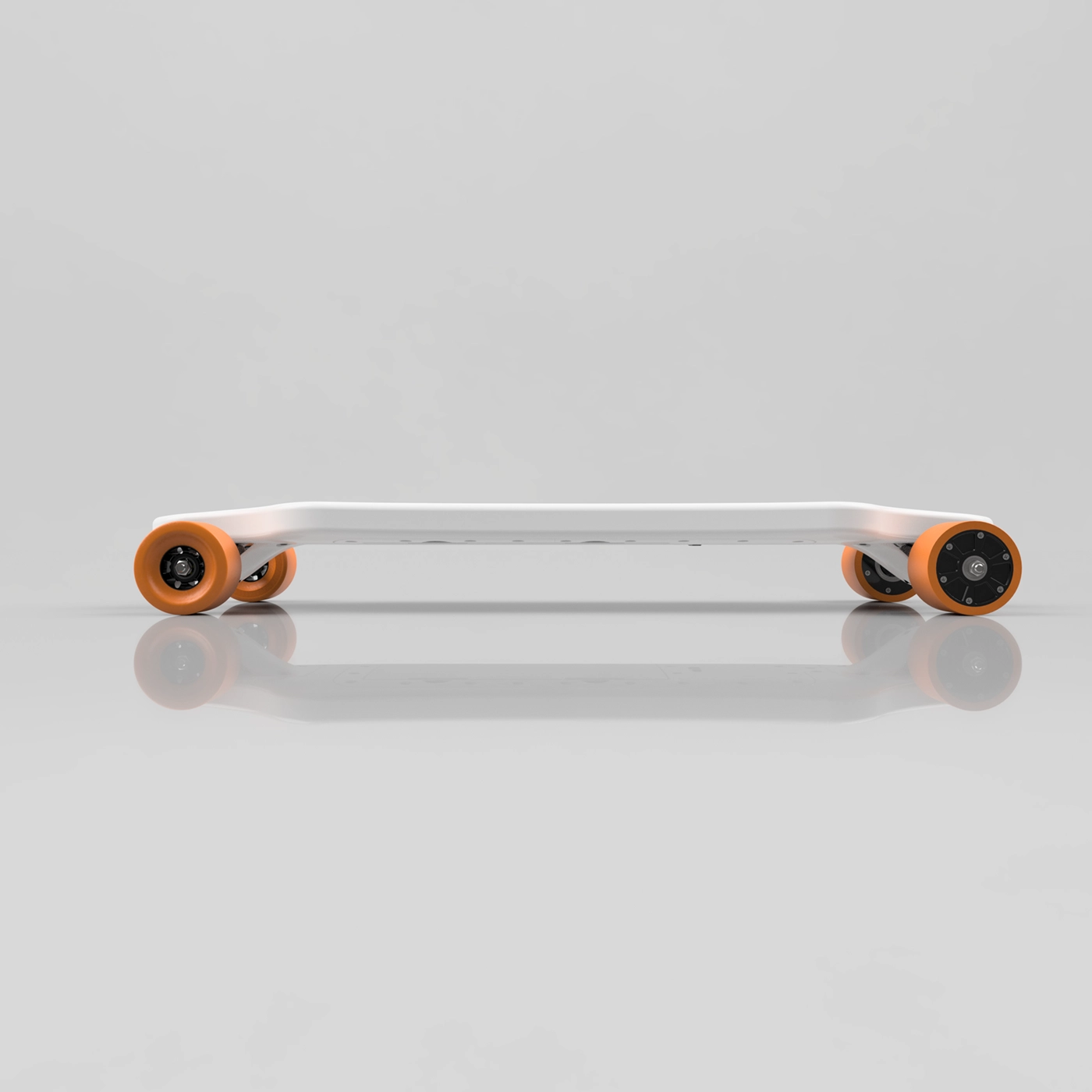SIM makes it simple
For years, we have been working to improve a fast and cost-effective method for prototyping flexible elements made from silicone using injection molds produced by 3D printing technology. To this end, we have developed a method that we call SIM because it makes prototyping silicones simple and cost-effective. SIM allows for prototyping silicone parts characterized by high-quality mechanical properties:
- excellent shearing capabilities,
- durable peel adhesion,
- low shrinkage,
- isotropy,
- high temperature resistance,
- good resistance to aggressive chemical environments,
Thanks to the use of specialized equipment, we can offer you high-quality flexible prototypes that cannot be achieved with direct 3D printing of flexible materials and which are very expensive and time-consuming to make using traditional techniques. The parts you order will be on your desk within a few days and will not have such defects as those produced directly from 3D printers.
Prototypes, made using the SIM method, do not have traces of support as is often the case with 3D printing, they are characterized by high durability and isotropic strength, which additionally do not suffer from shape memory and delamination like those from a 3D printer. They will ensure tightness when used as seals in prototypes, and their physical and chemical properties will not be influenced by temperature changes or the presence of chemical solutions in testing environment.
Materials available for SIM
The Silicone Injection Molding method allows for the usage of a wide range of materials from 10 to 70 Shore A. That means it can be used for most applications that require silicone in the final product. We can deliver your prototype in a short amount of time, from a single piece, using material that is perfect for your needs.
You do not have to worry about choosing the right material for your prototype. We will do it for you! All you have to do is attach a file with the Technical Data Sheet (TDS) of the material you want your final product to be made of or let us know what environmental conditions it has to withstand. We will select the material that will best reflect the characteristics you want.
If our application requires higher toughness you can choose Urethane Vacuum Casting Prototyping (link) method instead which can provide mechanical properties similar to EPDM rubber.
All you have to do is provide CAD files of your part. We will check it for you and design a 3D printed mold. Prototypes will be sent to you within a few days.
If you need assistance in making your Silicone Injection Molding prototype, contact our team. We are always happy to help you with your projects.
Our Silicone Injection Molding service
To provide services in the field of Silicone Injection Molding (SIM), we had built a machine park consisting of 3D printers and silicone injection equipment made specially to meet the needs of our customers.
You can expect that the prototypes you order will be characterized by high accuracy, repeatability, excellent surface quality, and isotropy properties.
It is possible to produce from a few to even several dozen copies of an element from a single mold, depending on the geometry, which additionally allows you to reduce the cost of prototyping. Molds can be simple – bipartite – as well as a complex with many dividing lines and inserts. It is also possible to make disposable molds with very complex shapes, which are dissolved after the casting process, releasing a part that is impossible to make using traditional techniques.
Technical specifications
Maximum build dimensions
- The dimensions are unlimited, because components can be formed from a mold that can consist of several parts
- The maximum mold size is 300 x 298 x 164 mm
- The recommended maximum detail volume is 900mL
Standard accuracy
- ±0.2% (with a lower limit of ±0.2 mm)
Mold layer thickness
- 25 – 50 μm
Minimum wall thickness
- 1 mm
Surface structure
- Finished parts typically have smooth and homogeneous surfaces. Depending on the material, silicone dyeing is available


